Virtual Scribes: The Secret to Better Telehealth
Telehealth isn’t just about using video to see a patient—it’s about keeping care personal, efficient, and documented. As clinics expand virtual care, many discover a hidden obstacle: how to keep accurate notes without sacrificing patient connection.
The solution? Combining virtual medical scribe services, remote medical scribe support, and medical transcription service workflows. Together, they ensure that every patient story is captured completely—without forcing doctors to spend evenings staring at charts.
A scribe for doctor becomes an invisible partner, letting providers focus on what matters most: care.
The Real Documentation Challenge in Telehealth
From the outside, telehealth looks simple: connect, talk, and chart. But for providers, it often means:
✅ Talking to a patient on video
✅ Typing in an EHR window
✅ Checking lab results or imaging
✅ Generating billing codes and visit summaries
This constant multitasking:
Breaks patient focus
Increases the chance of missed details
Extends work into nights and weekends
The administrative weight threatens the very promise of telehealth: accessible, compassionate care.
What Are Virtual Medical Scribe Services?
Virtual medical scribe services pair providers with trained scribes who join virtual visits securely (with patient consent). During the visit, they:
Listen carefully and draft the patient history, exam findings, and treatment plan
Organize notes in the EHR using coding-friendly language
Complete documentation by the end of the visit
This transforms the clinical experience:
✅ Providers speak freely instead of typing
✅ Patients get eye contact and genuine attention
✅ Visits flow smoothly, and notes are ready immediately
How Remote Medical Scribes Make Care Flexible
A remote medical scribe works from anywhere—no need for clinic space or on-site IT. This means:
✅ Coverage outside office hours
✅ Fast scaling when telehealth demand rises
✅ Consistency even across multiple sites or specialties
Remote scribes adapt to each provider’s workflow, making documentation personal and efficient.
Why Add Medical Transcription Service?
Not all documentation happens during live visits. Medical transcription service adds depth by:
Turning dictated notes into detailed summaries
Creating referral letters or post-visit documentation
Handling complex cases that need more narrative detail
Providers can dictate freely and keep documentation complete—without more typing.
Scribe for Doctor: Expertise That Goes Beyond Typing
A scribe for doctor is a trained professional who:
✅ Understands medical language and specialty-specific details
✅ Captures what matters for billing, compliance, and legal standards
✅ Follows each doctor’s preferred format and style
This consistency saves time editing and ensures charts meet quality requirements.
Why Telehealth Especially Needs Scribes
In-person visits offer moments for quick note-taking. But in telehealth:
Patients notice every pause
Screen-switching can feel awkward
Multitasking becomes more obvious
Virtual medical scribe services let visits feel natural, while documentation stays thorough and compliant.
Beyond Speed: How Scribes Improve Care Quality
Hiring scribes isn’t only about finishing faster. Benefits include:
✅ Richer notes that reflect real patient stories
✅ Fewer missed details or errors
✅ Better coding accuracy → fewer denied claims
✅ Happier, less burned-out providers
Patients notice too—they feel heard, not rushed.
Who Benefits Most?
While any provider can use scribes, they’re especially valuable for:
Family medicine: High volumes and wide-ranging visits
Psychiatry and counseling: Deep listening without distraction
Specialists: Documenting complex conditions, medications, and labs
Pediatrics: Tracking milestones and caregiver input
Remote scribes adapt note templates and content for each specialty.
AI Meets Human Scribes
Many modern services combine:
AI speech recognition: Quickly drafts what’s said
Human scribes: Edit, add context, and ensure compliance
This balance keeps notes fast and accurate—without losing nuance.
Why It’s Worth the Investment
Hiring scribes and transcriptionists has upfront costs, but clinics often see:
✅ Higher daily patient volumes
✅ More accurate billing and revenue capture
✅ Less time spent charting after clinic hours
✅ Reduced burnout and turnover
Most practices recover costs quickly through better efficiency and fewer claim denials.
Steps to Add Virtual Medical Scribe Services
Step 1: Identify pain points: late notes, claim rejections, burnout
Step 2: Choose a HIPAA-compliant partner with telehealth experience
Step 3: Pilot the service with a few providers
Step 4: Gather feedback and refine workflows
Step 5: Expand as needed to cover all visits or after-hours care
Done right, implementation is smooth and minimally disruptive.
Why Choose Us
At [Your Company Name], we offer:
✅ Real-time virtual medical scribe services to join live visits
✅ Flexible remote medical scribe support, part-time or full-time
✅ Accurate medical transcription service for complex documentation
✅ Dedicated scribe for doctor teams trained in your specialty
Every scribe is HIPAA-trained and matched to your practice’s needs.
📌 FAQs
Q1: Will patients know a scribe is present?
Yes, patients must consent. Many appreciate that it helps doctors stay focused.
Q2: Can scribes use different EHR systems?
Absolutely. Scribes train on your existing system for seamless workflow.
Q3: What if we only need help some days?
Remote medical scribes can support high-volume days, evenings, or weekends.
Q4: How fast are transcription notes ready?
Typically within 12–24 hours, with expedited options if needed.
Q5: Is this HIPAA compliant?
Yes! We use secure, encrypted systems, and all team members complete compliance training.
✅ Conclusion
Telehealth makes care more convenient, but documentation shouldn’t steal providers’ time or patients’ trust.
Virtual medical scribe services, remote medical scribe teams, medical transcription service, and a dedicated scribe for doctor bring back balance: more listening, less typing, and better care.
